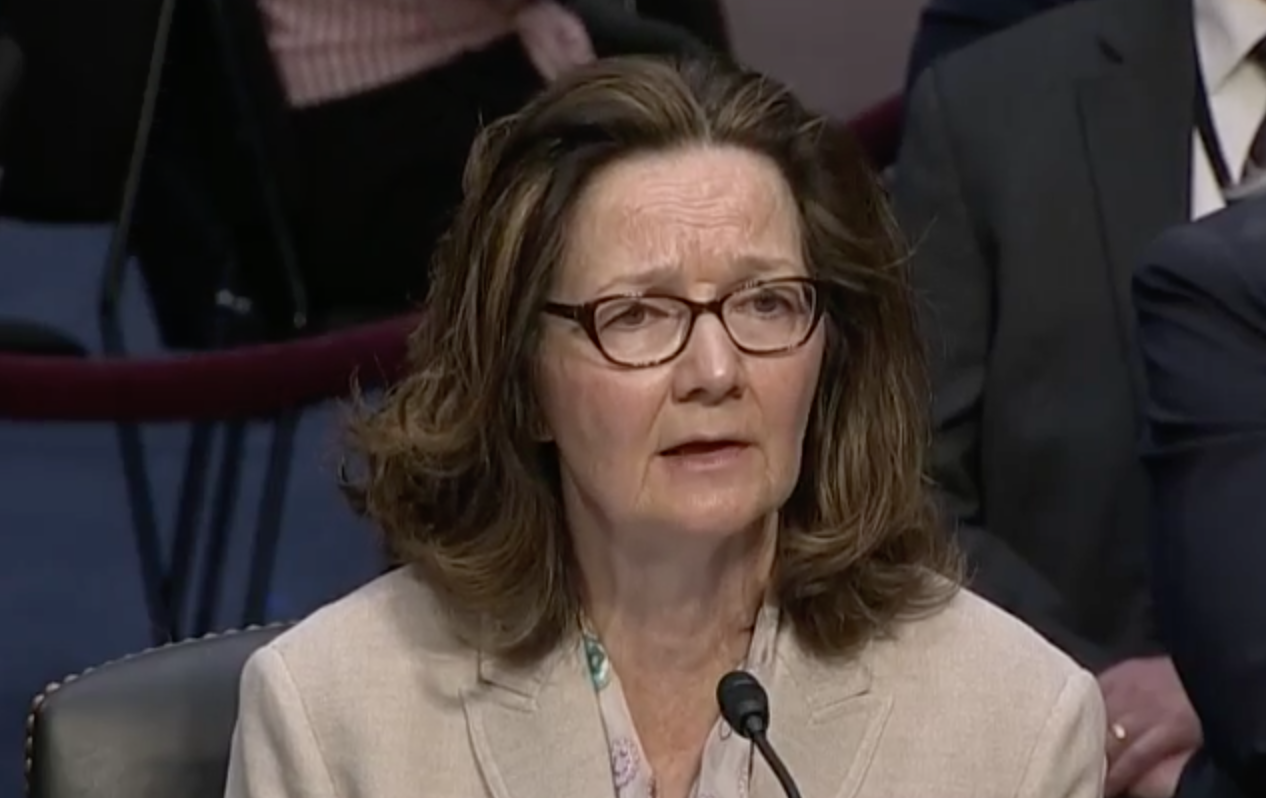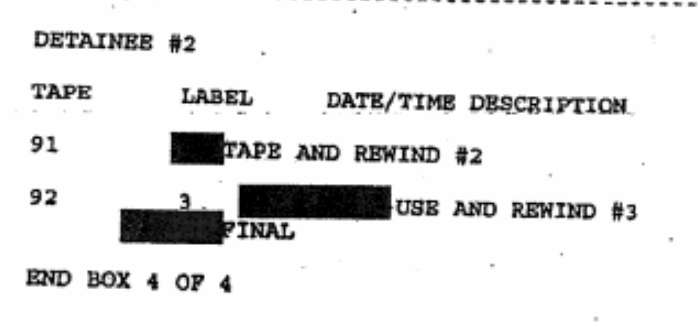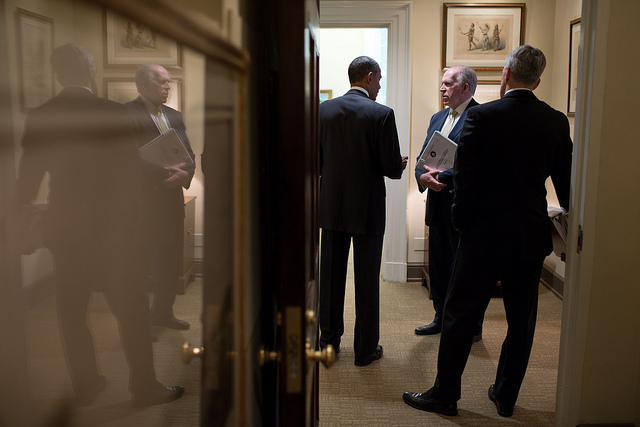Gina Haspel Destroyed the Tapes in 2005 to Hide What She Destroyed in 2002
When Gina Haspel was testifying on Wednesday, she confused those of us who know the history of the torture tapes well. She made two claims that didn’t accord with the public record of the tapes that were destroyed. First, she said that only one detainee was depicted on the 92 tapes that got destroyed. Additionally, she said she, “didn’t appear on the tapes, as has been mischaracterized in the press.”
Yet as an inventory of the tapes shows, two of the tapes depicted Abd al Rahim al-Nashiri, though those tapes were taped over every day.
So there should have been two tapes depicting Nashiri’s torture, and given that she oversaw his torture, there’s a good chance she’d appear on them.
When Charlie Savage asked CIA about the discrepancy, they pointed to a CIA IG review done of the tapes that showed a number of the tapes had been altered before the review.
“Gina Haspel supervised the torture of al-Nashiri, which raises the stakes on the question of whether there were or were not remaining tapes of his torture,” said Hina Shamsi, the director of the A.C.L.U.’s national security project.
Asked about the apparent discrepancy, the C.I.A. pointed without comment to several pages of another document previously released under the Freedom of Information Act that discussed how the agency logged the contents of the 92 tapes before destroying them. It said 11 were blank, two were blank “except for one or two minutes of recording,” and “two were broken and could not be reviewed.”
In 2010, I noted that John Durham was clearly investigating two rounds of torture tape destruction: the second round, in 2005, when Gina Haspel helped her boss Jose Rodriguez destroy all the undamaged tapes. And the first round, in 2002 or 2003, when someone destroyed the evidence on what must be the most damning tapes.
As you recall, when the CIA IG reviewed the torture tapes in May 2003 (that is, five months after McPherson’s review), there were 15 tapes in some state of damage or erasure.
OIG found 11 interrogation tapes to be blank. Two others were blank except for one or two minutes of recording. Two others were broken and could not be reviewed. OIG compared the videotapes to logs and cables and identified a 21-hour period of time” which included two waterboard sessions” that was not captured on the videotapes.
You see, John Durham is investigating two incidents of torture tape destruction: the first, when in 2002 or 2003 someone removed evidence of two sessions of waterboarding (and potentially, the use of mock burial that would be declared torture by John Yoo) from the videotapes. And the second one, on November 8, 2005, when someone destroyed all the tapes, which not only destroyed evidence of waterboarding that violated the terms of the Bybee Two memo, but also destroyed evidence of the first round of destruction.
And John McPherson is likely the only person who can pinpoint when the first round of destruction occurred, before or after November-December 2002.
Now, all that doesn’t tell us precisely what Durham is after or whom, though I’d suggest he’s at least as interested in the people in the loop of the first round of destruction as the second.
As I said, it was not clear who he was after, the names of the people who had destroyed the tapes in the second round or in the first round.
But it appears CIA has now confirmed that: Gina Haspel. The CIA appears to be saying that Gina Haspel was the culprit both of those times.
And when she testified under oath on Wednesday that she supported destroying the tapes because the faces off officers appeared on the tapes, she was only partly telling the truth. It appears virtually certain (particularly given the focus on declassifying the Durham report so people can read his conclusions), she also supported destroying the tapes to hide the first round of destruction she had carried out. If so, she may have done so to hide the fact that her own face didn’t appear on the tapes, if it once had.
One more point: This makes Haspel’s enthusiasm for keeping torture in 2005-2007 all the more damning. Over two years earlier, Haspel appears to have destroyed evidence of how bad torture was. But she was still pushing to keep it even after hiding what she had done.



